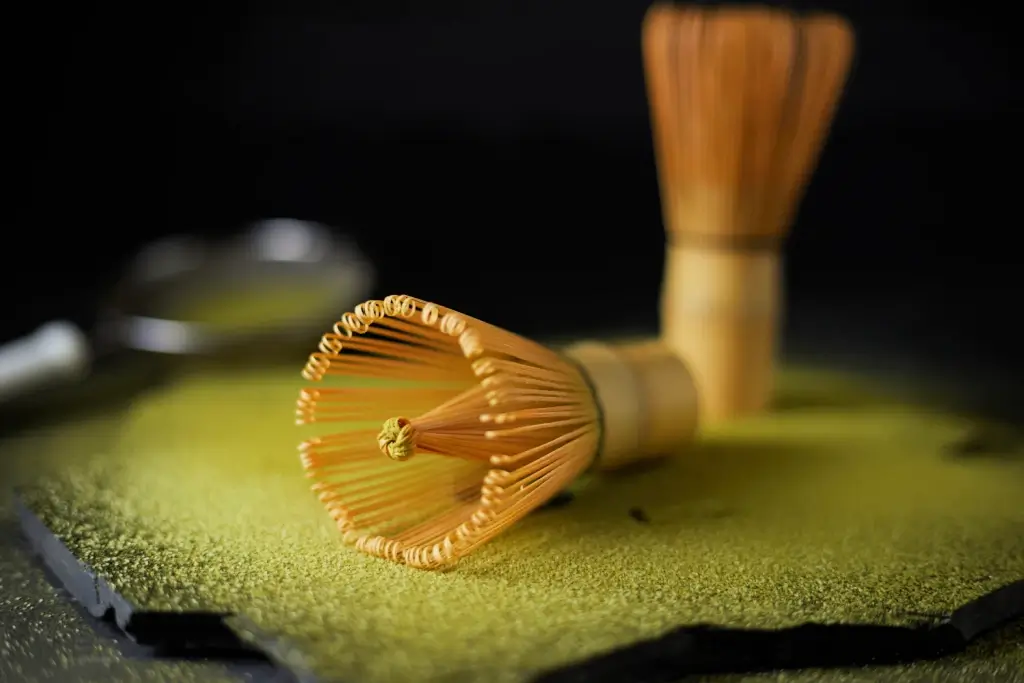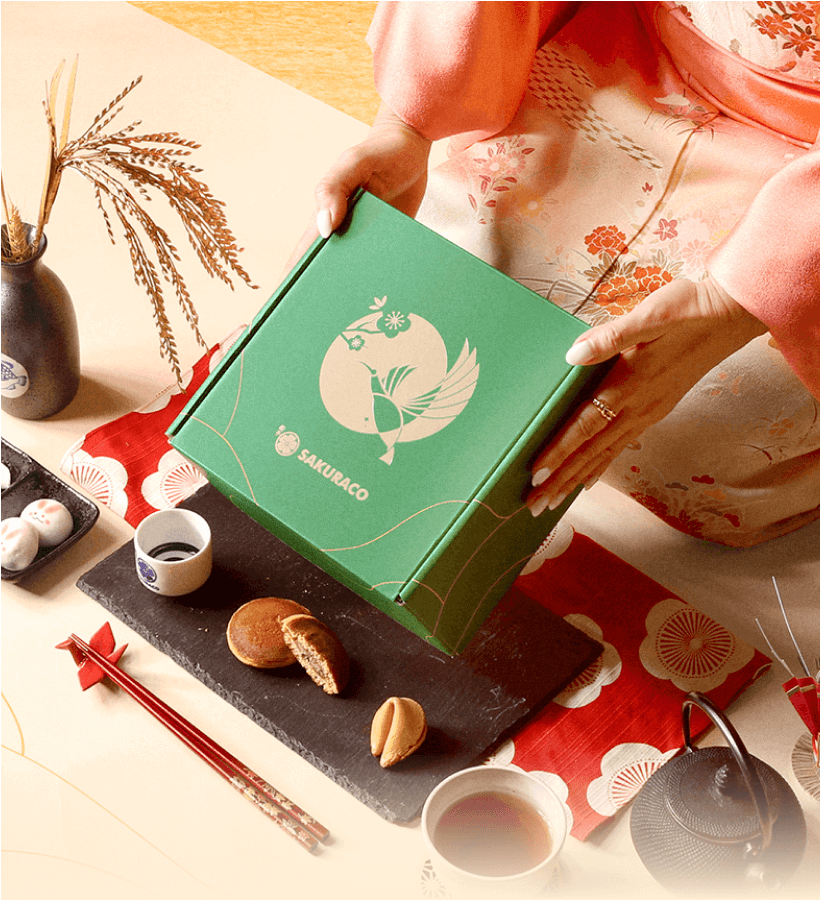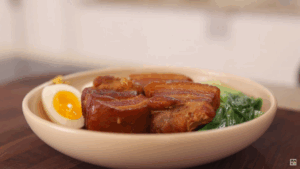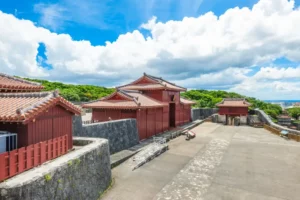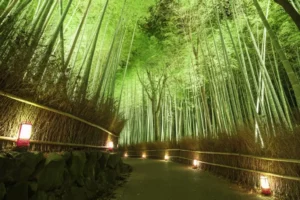In Nara, tradition runs as deep as its rivers. Here, a special craft stands out: the making of the matcha whisk. This delicate tool is essential for preparing matcha with precision. Each whisk reflects centuries of skill, patience, and artistry. More than a utensil, it symbolizes the rich cultural heritage of Japan’s tea ceremony.
Table of Contents
ToggleWhat makes a matcha whisk so special?
A matcha whisk is a finely made tool for blending powdered green tea into a smooth, frothy drink. Moreover, its thin bamboo tines mix the powder with hot water. Together, they create the creamy foam that defines a perfect cup of matcha. Unlike mass-produced kitchen tools, a matcha whisk is hand-carved with painstaking detail and care.
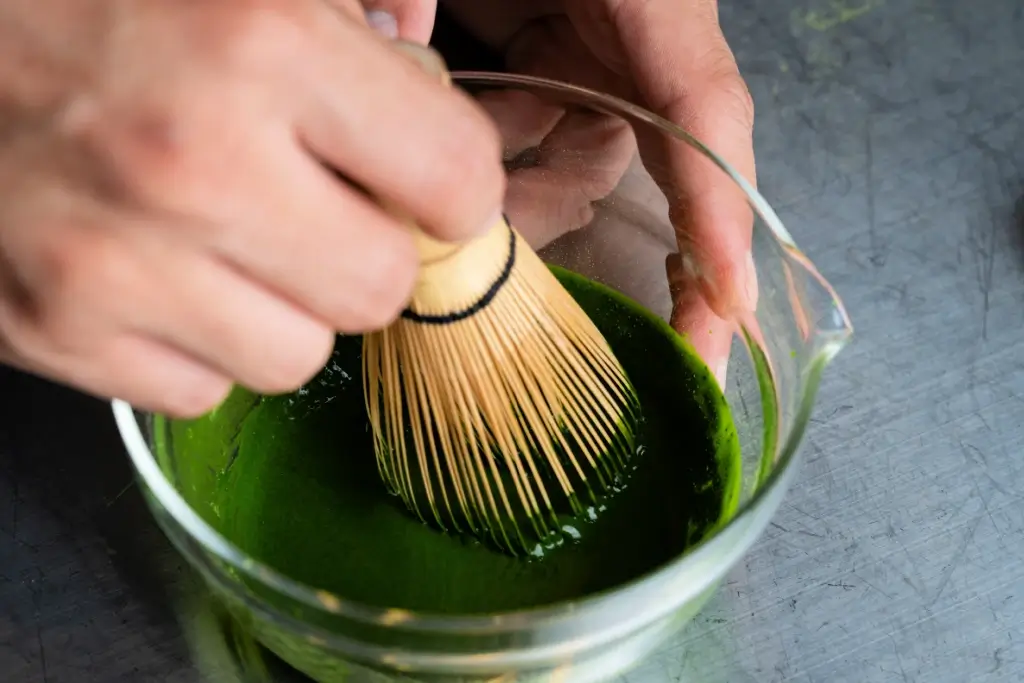
The number of tines, their spacing, length, and flexibility all influence the texture and flavor of matcha. Each whisk is made from natural bamboo, making every one unique. Moreover, subtle differences in the material can even affect how the tea is prepared, according to tea masters. Nara is famous across Japan for this craft. For generations, its artisans have perfected the tools of the tea ceremony to exceptional standards.
Why is Nara the home of matcha whisk production?
Nara’s status as a historical and spiritual hub makes it the ideal birthplace for this artisan craft. Nara was Japan’s first permanent capital and still protects its traditional culture. The city is home to some of the oldest temples and shrines in the country. In this timeless setting, the art of tea grew in importance centuries ago. It also inspired local crafts, including the making of the matcha whisk.
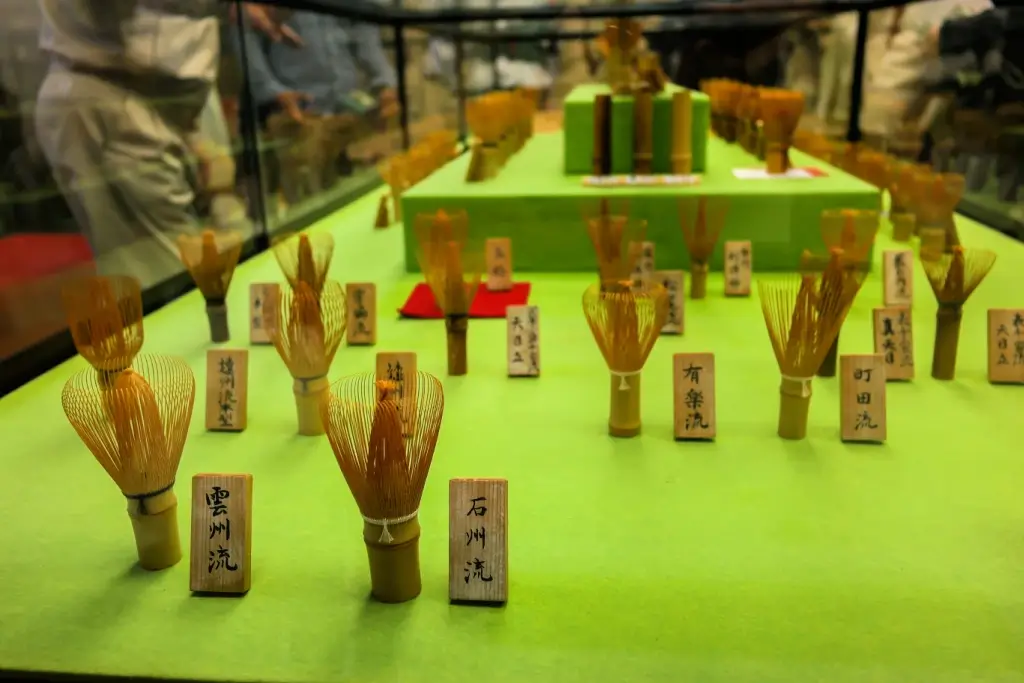
The bamboo used in the whisks grows in the surrounding areas, providing high-quality raw materials. In addition, artisans harvest and season the bamboo carefully to achieve the ideal flexibility and durability for whisk production. Nara’s climate and natural environment further contribute to this delicate balance, making its matcha whisk production recognized nationwide.
How is a matcha whisk made by hand?
Creating a single matcha whisk involves over 40 steps carried out with precision. First, they select fine bamboo, which is then dried and cured to remove moisture and improve strength. The bamboo is peeled down to its core, then carved using specialized knives to form dozens of tiny tines.
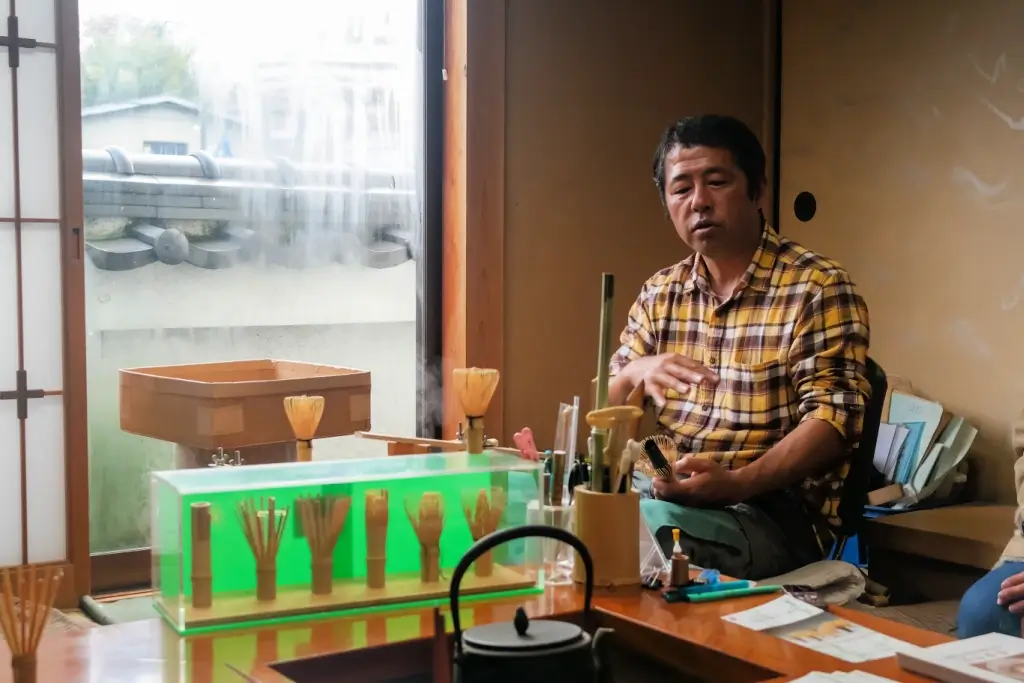
Artisans heat and soak the bamboo to make it flexible. They carefully shape the tips to prevent splinters that could affect the tea’s texture. The tines are then split into different thicknesses and numbers of prongs. Each type suits specific needs in the tea ceremony. This artisanship takes years to master. Moreover, each step requires experience, sharp eyes, and a deep connection to tradition. Even after the whisk is made, it is meticulously inspected to meet exacting quality standards.
Are you looking for great snacks and tea from places like Nara? Check out Sakuraco! Sakuraco delivers traditional Japanese snacks, teas, and sweets from local Japanese makers directly to your door so you can enjoy the latest treats from Japan!
What impact does matcha whisk quality have on tea?
The role of a matcha whisk goes far beyond simple mixing. In the tea ceremony, every detail matters, and the whisk’s design can influence how matcha releases its aroma and thickness. The correct whisk ensures a balance of bitterness and sweetness in the tea, with a vibrant green color and a fine foam layer.
Tea masters choose different whisks for different occasions. Some favor fewer tines for thicker foam, while others prefer more for a lighter texture. This bond between the whisk and the cup turns tea-making into a ritual. Each sip becomes a moment of mindfulness and harmony.
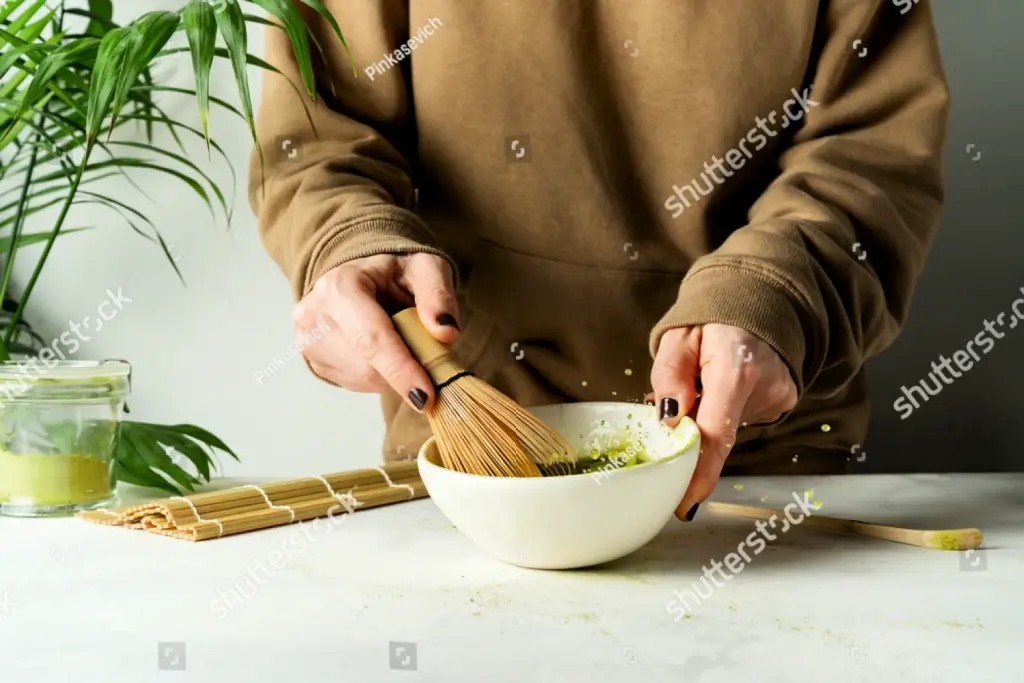
How do people make them today?
Despite the rise of modern manufacturing, Nara’s artisans remain committed to their art of matcha whisk production. Many studios pass down their skills to apprentices dedicated to preserving traditional methods.
The challenge lies in balancing heritage with demand. While some artisans produce whisks for everyday use, others are crafted as art pieces, valued for their beauty and functionality. Museums and tea schools in Nara generally showcase these whisks, educating the public and inspiring new generations.
How can you experience Nara’s matcha whisk tradition?
Visitors to Nara have many opportunities to witness this craft firsthand. Workshops allow tourists and tea enthusiasts to learn about whisk making and even try carving their own. Tea houses invite guests to taste matcha prepared with authentic Nara whisks while explaining the significance of each subtle detail.
Purchasing a handcrafted matcha whisk from Nara is more than buying tea equipment; it is owning a piece of living history. Many shops offer beautiful, high-quality whisks alongside elegant tea sets and other accessories.
Why does matcha whisk production matter today?
In a fast-paced world, the slow, careful work of bamboo whittling reminds us of the power of patience and dedication. The matcha whisk connects us to centuries of cultural tradition, the natural beauty of simple materials, and the meditative calm of the tea ceremony.
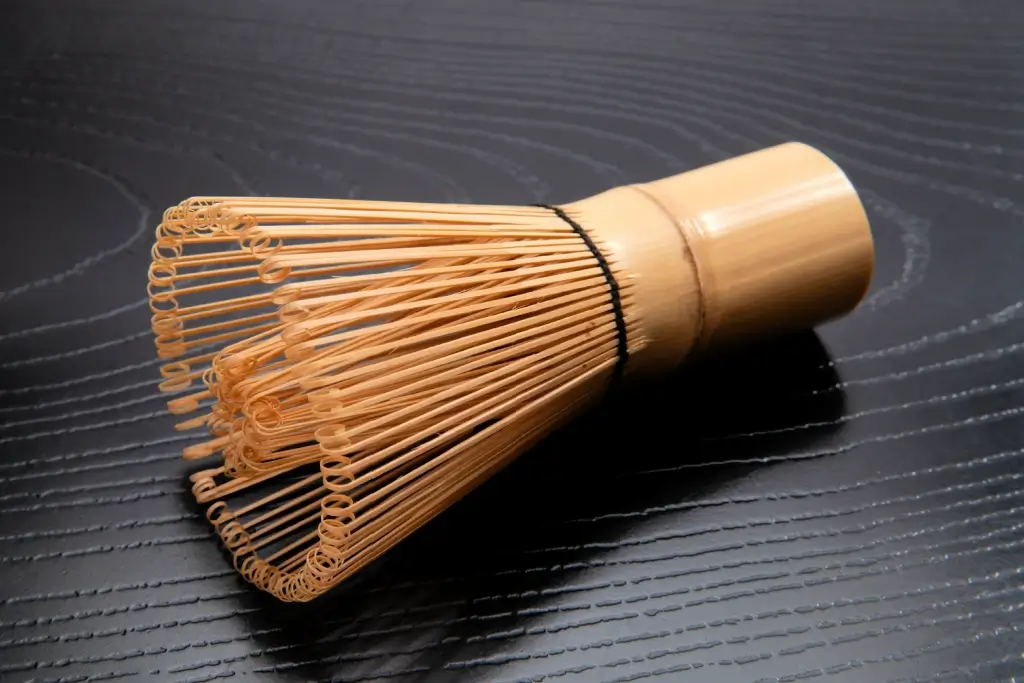
As Japanese tea culture enjoys a global renaissance, Nara’s artisans continue to play a key role in sustaining its heart. The matcha whisk is a small tool with a large story, bridging nature, art, and human spirit in every swirl of vibrant green tea.
For anyone who cherishes Japanese culture, wellness, or artistry, understanding and appreciating the matcha whisk is an excellent way to taste the essence of Japan’s ancient traditions while savoring a fresh cup of matcha. Do you own one of these tools, or have you seen them being made in Nara? Let us know in the comments below!
Cited Sources
- The Asahi Shimbun. “Foreign visitors can see tea whisk craftsmanship in Nara tour“.
- Public Relations Office. “The Way of Whisks“.
- Tokyo Weekender. “A Day in the Life of a Matcha Whisk Craftsman“.


